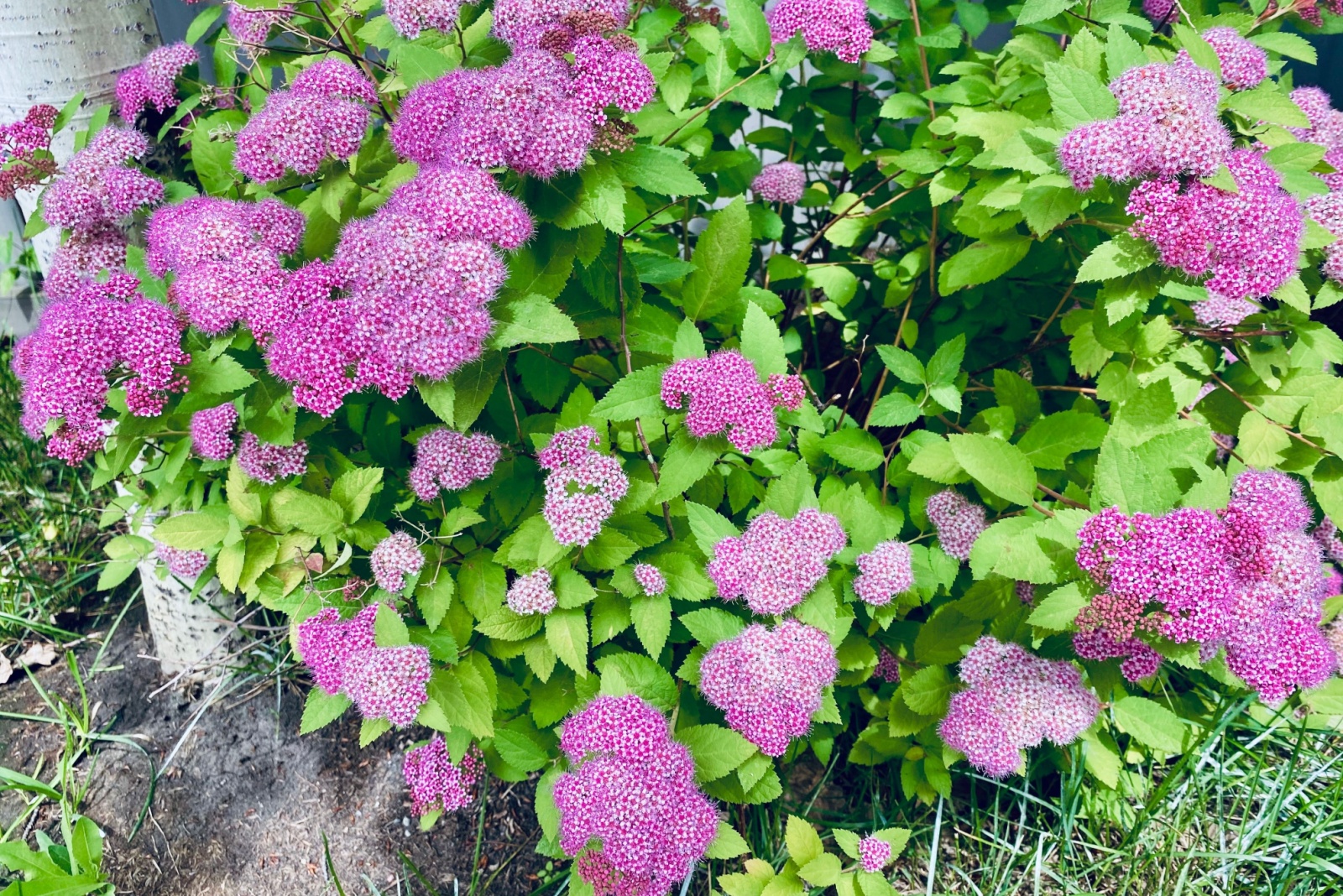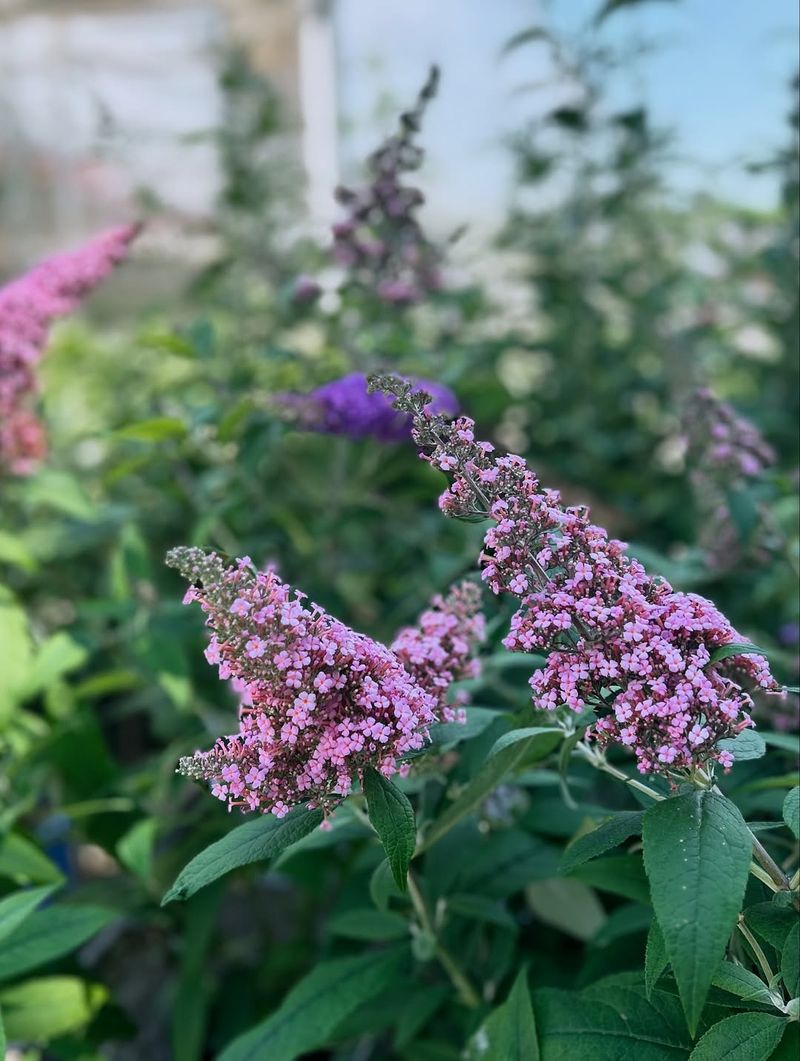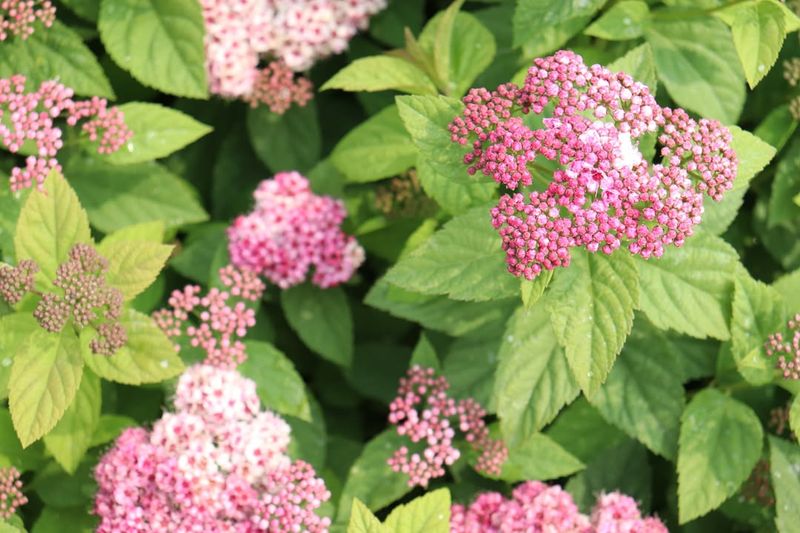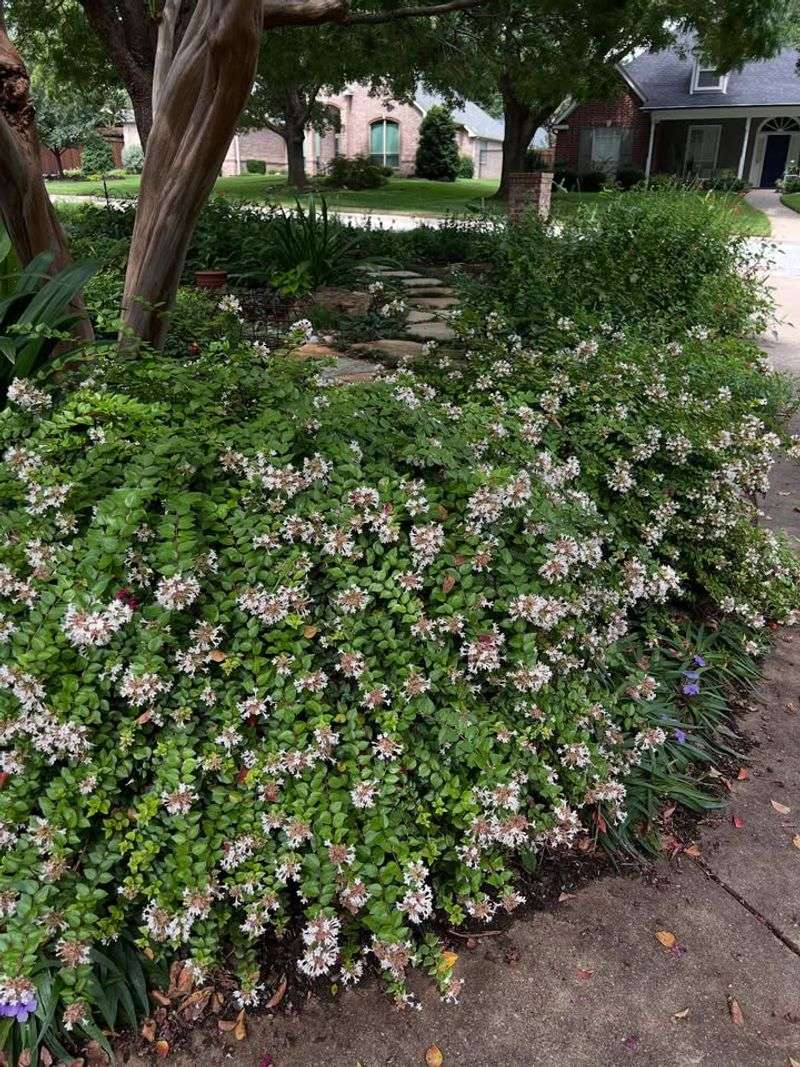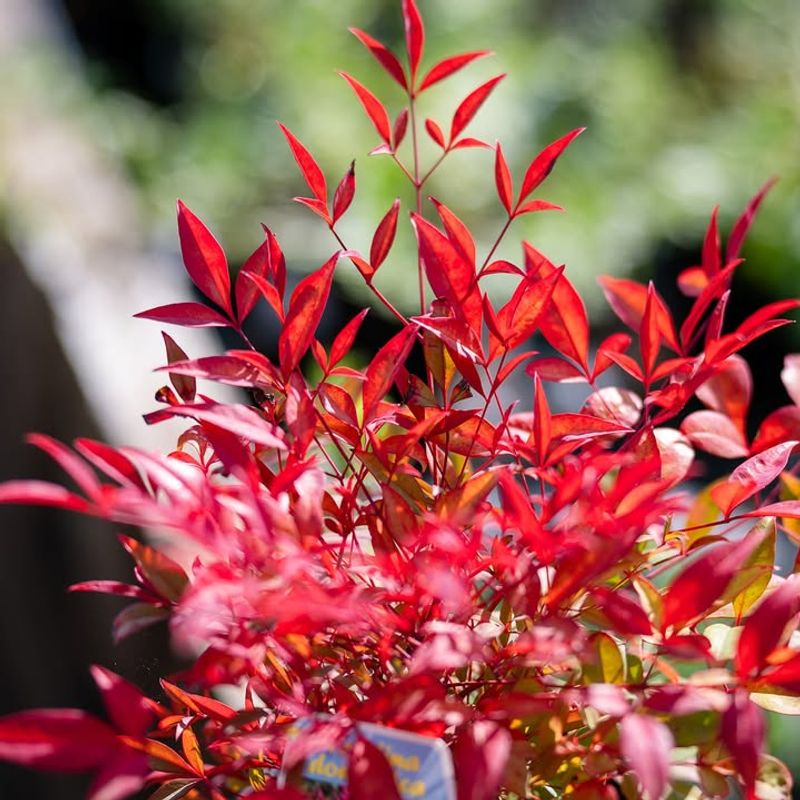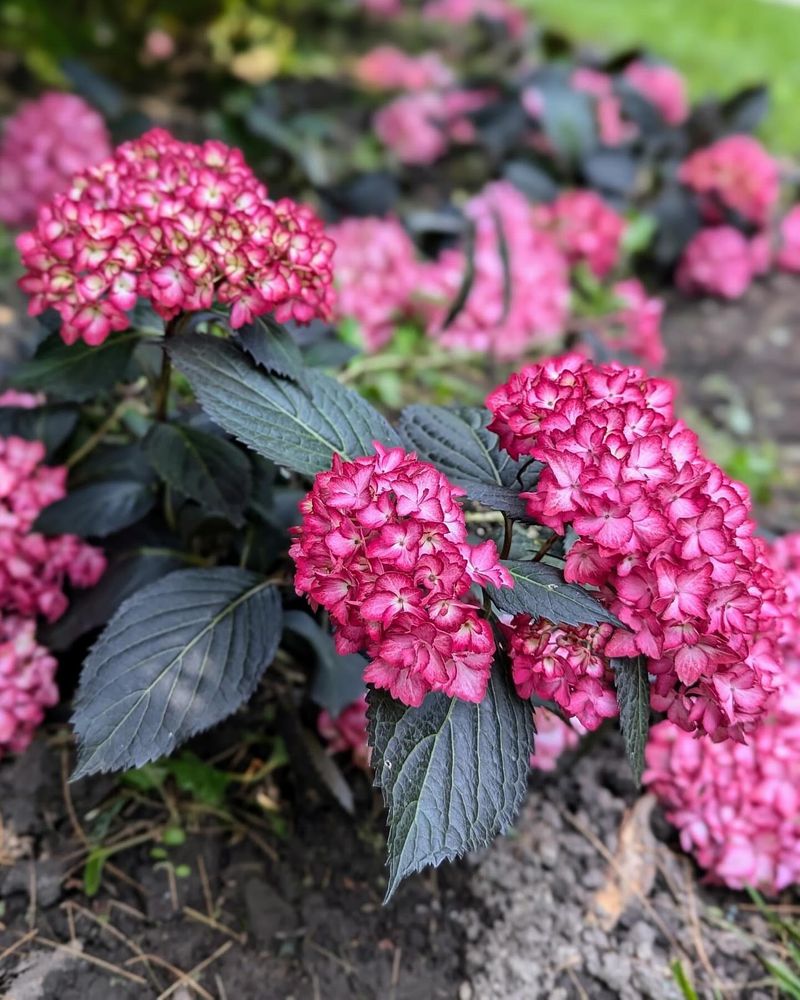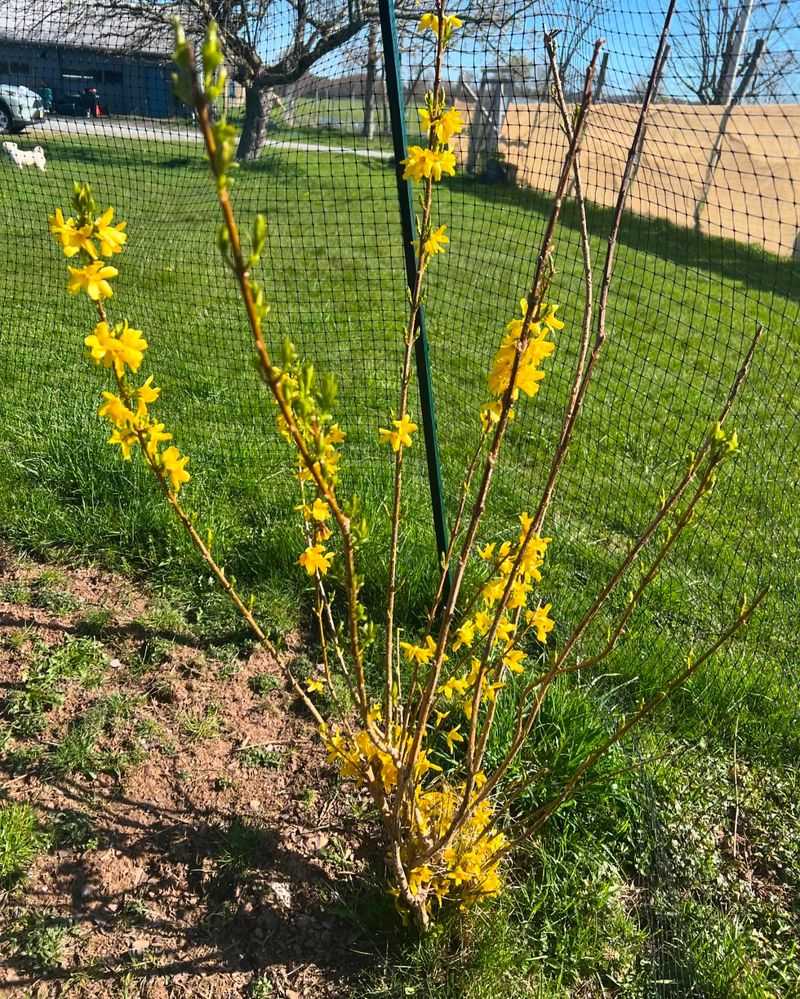As winter approaches in Tennessee, now’s the time to give your shrubs a little attention before the cold sets in. Pruning before December helps plants stay healthy, encourages better spring growth, and keeps your yard looking tidy through the dormant months.
Some shrubs really benefit from a late-fall trim, while others should be left alone until spring. Knowing which ones to cut back can make all the difference in how your landscape performs next year.
1. Butterfly Bush
Butterfly bush thrives across Tennessee and benefits from a good pruning before winter arrives. Cutting it back to about 12 inches from the ground prevents winter damage and encourages thick, healthy growth come spring.
This shrub can get leggy if left untrimmed, so don’t be shy about cutting it down significantly. Remove any damaged branches first, then shape the rest.
Your butterfly bush will thank you next summer with an abundance of colorful blooms that attract pollinators throughout the warm months.
2. Rose Of Sharon
Rose of Sharon blooms on new wood, making late fall the perfect time for pruning in Tennessee gardens. Trimming back about one-third of the plant’s height helps maintain a manageable size and promotes better flowering next season.
Focus on removing crossing branches and any stems that look weak or diseased. This shrub responds well to aggressive pruning, so you can shape it confidently.
By cutting it back now, you’ll avoid the messy seed pods that tend to self-sow everywhere and keep your landscape looking intentional.
3. Spirea
Spirea varieties that bloom in summer, like Goldflame or Anthony Waterer, benefit from late-fall pruning throughout Tennessee. Cutting back the stems by about half encourages fresh growth and plenty of flowers when warm weather returns.
Remove any sick wood and shape the shrub to keep it compact and tidy. Spirea is forgiving, so even beginners can tackle this task with confidence.
This simple maintenance step prevents the shrub from becoming overgrown and ensures it stays a neat, colorful addition to your landscape year after year.
4. Abelia
Abelia keeps its semi-evergreen foliage through much of Tennessee’s mild winters, but it still benefits from light pruning before December. Trim back about one-third of the plant’s height to maintain a rounded shape and remove any straggly growth.
Focus on thinning out the oldest stems at the base to encourage younger, more vigorous branches. This shrub tolerates pruning well and bounces back quickly.
Regular late-fall trimming keeps abelia looking fresh and prevents it from getting too woody or overgrown as the years go by.
5. Nandina
Nandina, often called heavenly bamboo, grows throughout Tennessee and can become leggy without regular pruning. Before December, cut the tallest canes down to ground level to promote dense, bushy growth from the base.
Remove about one-third of the oldest stems each year, staggering the heights for a natural look. This technique keeps the plant full and prevents that top-heavy appearance.
Pruning now also helps control the spread of this shrub, which can become invasive if left unmanaged in some Tennessee landscapes.
6. Beautyberry
American beautyberry produces its stunning purple berries on new growth, making late fall the ideal pruning time for Tennessee gardeners. Cut the entire shrub back to about 6 to 12 inches from the ground before winter settles in.
This might seem extreme, but beautyberry grows vigorously and fills out quickly once spring arrives. The hard pruning keeps the plant compact and encourages maximum berry production.
Your local birds will appreciate the berries that remain through early winter, and you’ll enjoy a fuller, healthier shrub next growing season.
7. Hydrangea
Hydrangeas, with their vibrant blooms, are a favorite among gardeners. Trimming them before winter ensures robust spring growth.
Focus on removing damaged branches to maintain health. Avoid cutting new growth, as it bears next season’s flowers.
Remember, the amount to trim depends on the species. Mophead hydrangeas have different needs compared to panicle varieties. A simple rule: prune after the blooms fade.
8. Forsythia
Forsythia, with its striking yellow blossoms, is a harbinger of spring. Pruning this lively shrub before winter can enhance its brilliant display.
Trim back old wood to promote new growth; this helps ensure an abundant bloom. It’s essential to maintain its open structure, allowing sunlight to penetrate throughout.
A fun fact: forsythia is often one of the first plants to bloom in early spring, bringing cheer at winter’s end. Embrace its vibrant energy by carefully shaping its form now, ensuring a dazzling start to the coming year.

